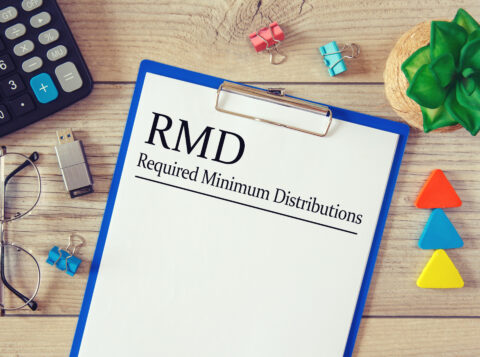
Roth v. Traditional: IRAs
When it comes to planning for a secure retirement, one of the most critical decisions you’ll make is selecting the right individual retirement account (IRA) for your financial goals. The two primary options, Roth IRA and Traditional IRA, each offer unique benefits and considerations.
Understanding the differences between these accounts is essential to make an informed choice that aligns with your retirement objectives.
Tax Treatment
The fundamental distinction between Roth and Traditional IRAs lies in how they handle taxes. With a Traditional IRA, contributions are typically tax-deductible in the year they’re made, potentially reducing your taxable income. However, you’ll be required to pay taxes on withdrawals during retirement at your ordinary income tax rate.
In contrast, Roth IRA contributions are not tax-deductible upfront, but withdrawals in retirement are usually tax-free, assuming you meet certain conditions. This key difference hinges on your current and projected tax bracket.
Withdrawal Rules
Another significant variance pertains to withdrawal rules. Traditional IRAs mandate that you start taking required minimum distributions (RMDs) at age 72, regardless of whether you need the funds or not. These withdrawals are subject to taxation and can impact your overall retirement tax strategy.
On the other hand, Roth IRAs don’t have RMDs during the account owner’s lifetime. This provides more flexibility in managing your withdrawals and tax obligations, making Roth IRAs an attractive option for those who want to maintain control over their retirement income.
Income Eligibility
Income plays a crucial role in determining your eligibility for each type of IRA. Traditional IRAs have no income limitations for contributions, but the deductibility of contributions may be limited if you or your spouse are covered by a workplace retirement plan.
Roth IRAs, however, have income limits that can affect your eligibility to contribute. These limits can change annually, so it’s essential to verify your eligibility each year.
Long-Term Goals
Your long-term financial goals also play a role in choosing the right IRA. Traditional IRAs may be more suitable if you anticipate being in a lower tax bracket during retirement, as the upfront tax deduction can be advantageous.
Conversely, Roth IRAs might be a better fit if you expect to be in a higher tax bracket during retirement or if you’re seeking a tax-efficient way to leave a legacy for your heirs.
Diversification of Tax Exposure
For those seeking a diversified tax strategy, combining both Roth and Traditional IRAs can be a prudent approach. This approach can offer a blend of immediate tax benefits from Traditional IRA contributions and potential tax-free income from Roth IRA withdrawals during retirement. However, this strategy should be carefully aligned with your financial objectives and evaluated in consultation with a financial advisor.
The choice between a Roth IRA and a Traditional IRA is a pivotal decision in your retirement planning journey. Understanding the differences in tax treatment, withdrawal rules, income eligibility, and long-term goals is vital to making the best choice for your financial future. Your individual circumstances will determine which IRA aligns with your needs, so take the time to evaluate your options and consider seeking advice from a qualified financial professional. Remember, the right IRA can make a significant impact on the comfort and security of your retirement years!
Ready to tackle the risks facing your retirement?
Save your seat for our next masterclass and learn how retirement planning is changing!




